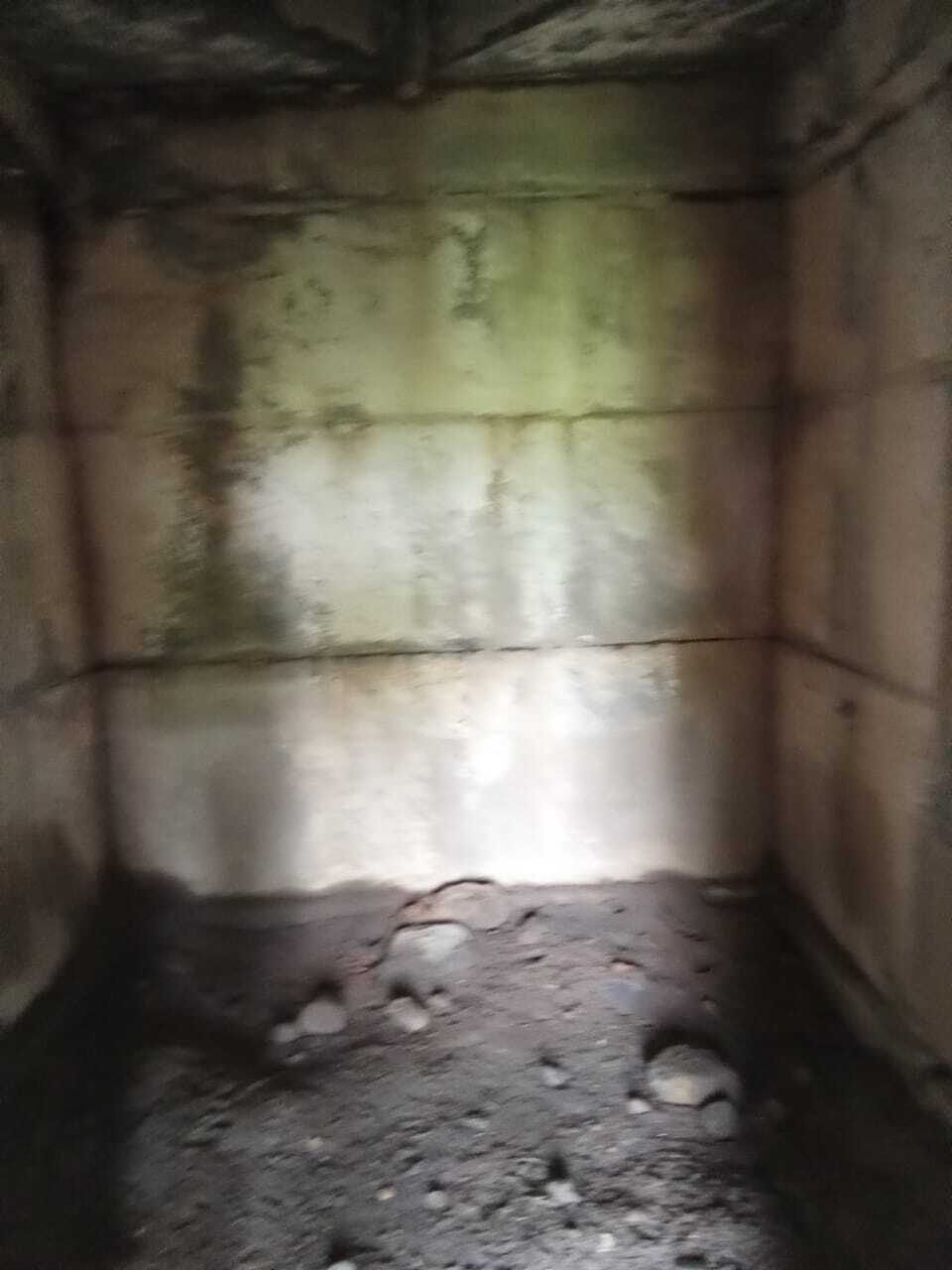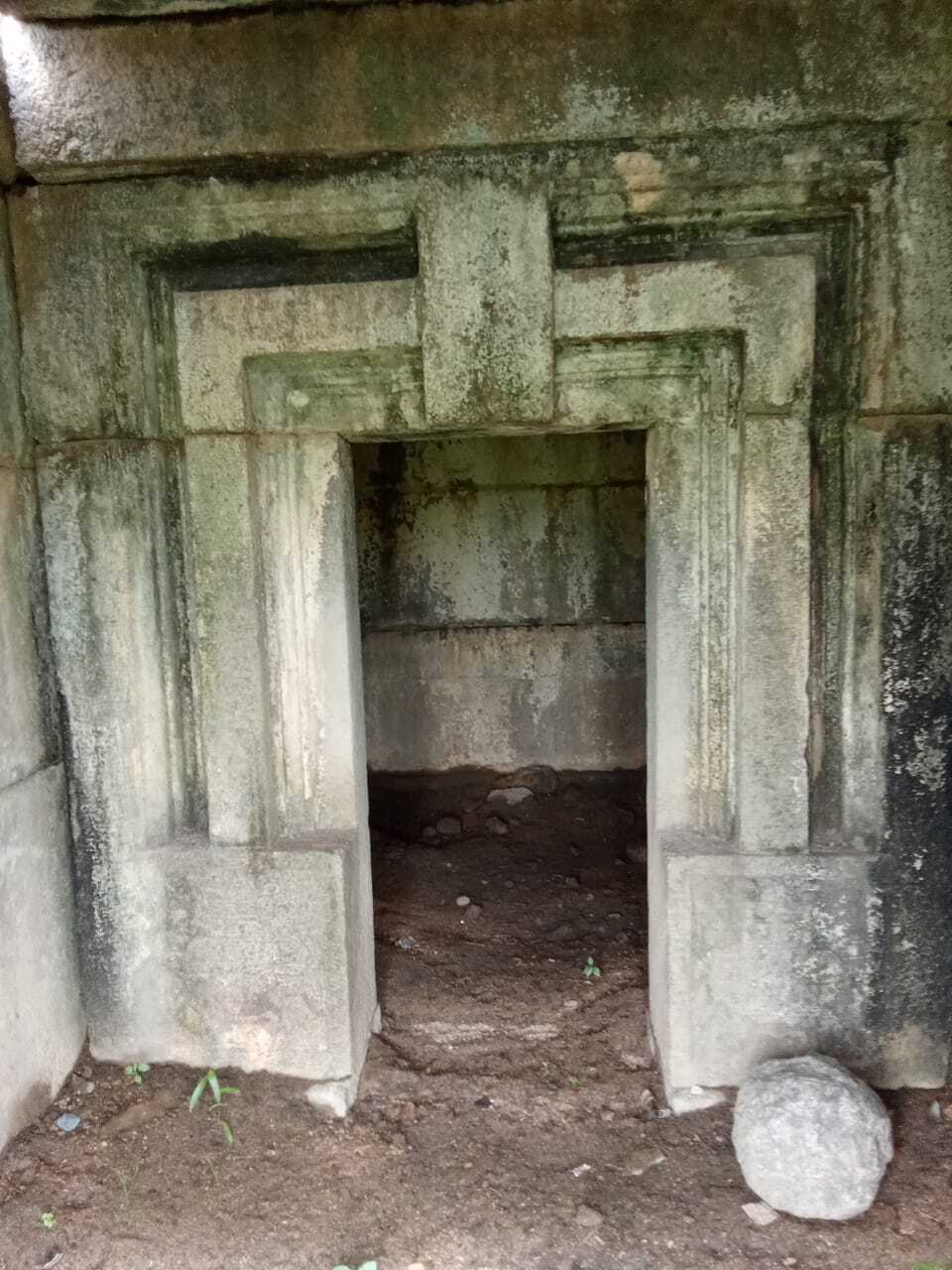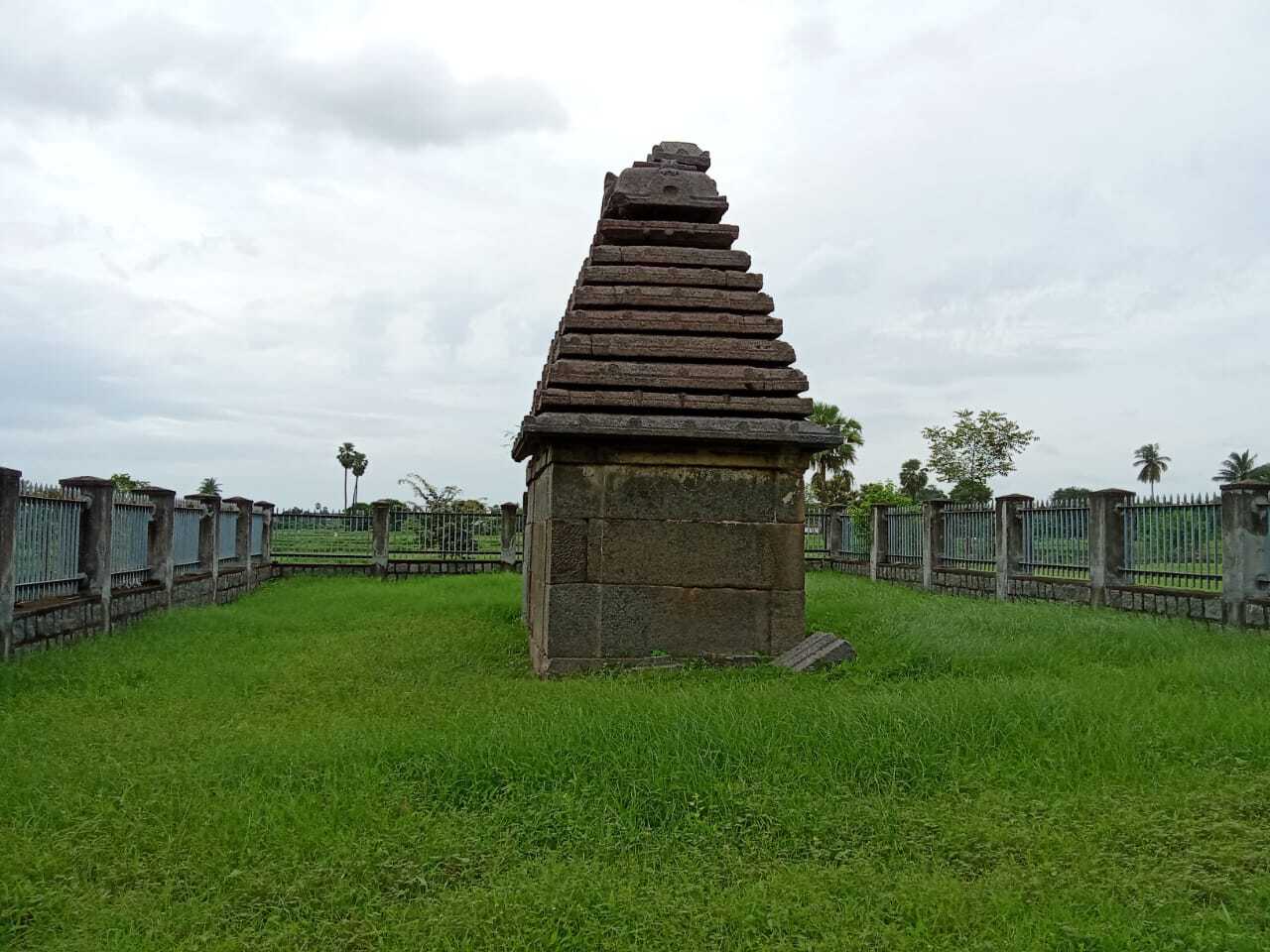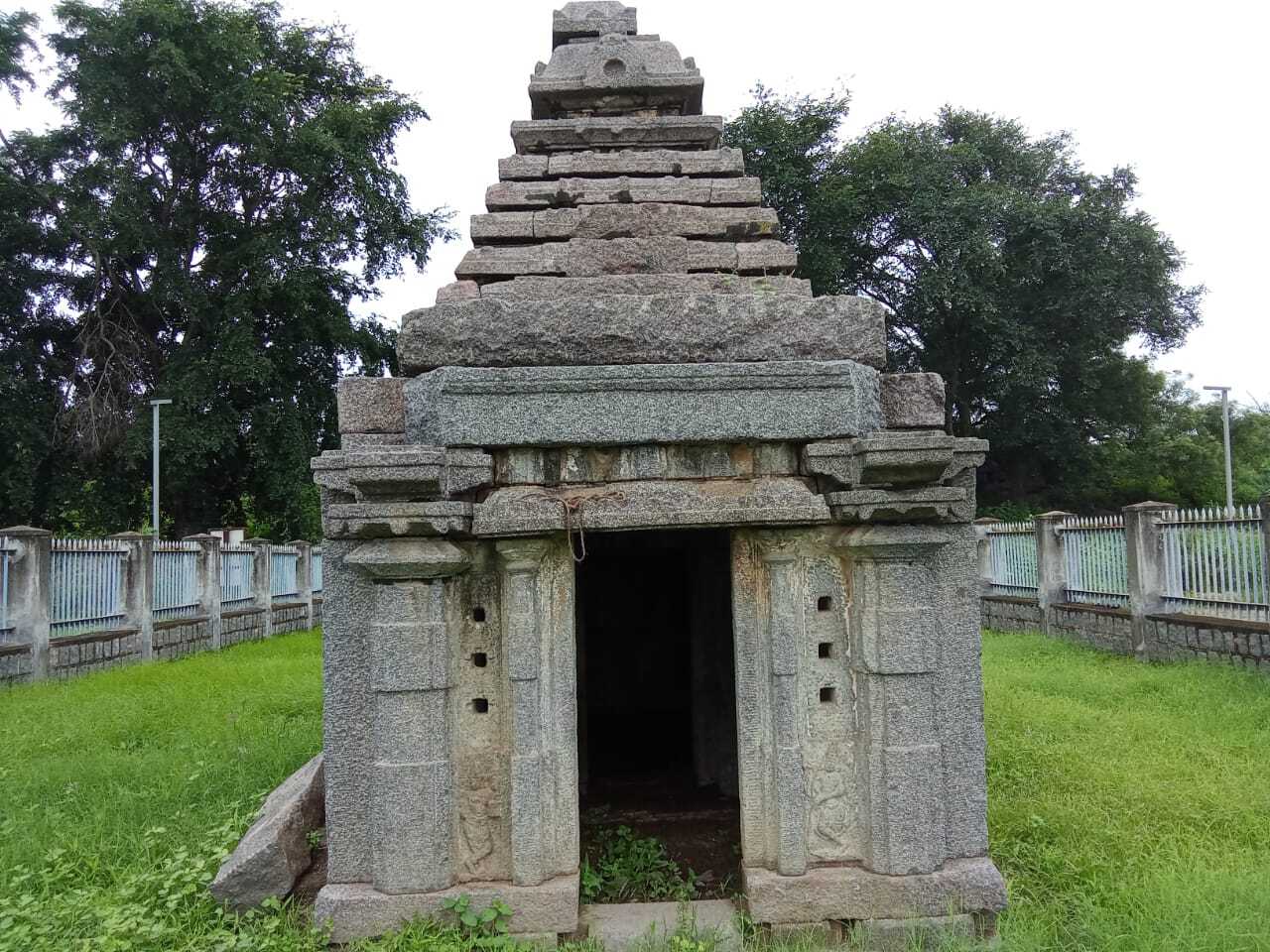Mandalamma Sub Temple

Mandalamma Sub Temple
The Mandalamma Sub Temple is a fascinating example of a small shrine that provides insight into ancient architectural styles and religious practices. From an archaeological perspective, several elements of the temple's structure are noteworthy:
Architectural Features and Style
1. Garbhagriha (Sanctum Sanctorum):
The core of the shrine is the Garbhagriha, a small, sacred chamber where the deity is enshrined. This element is essential in Hindu temple architecture, serving as the focal point for worship and religious activities.

2. Antarala (Antechamber):
The Antarala is a narrow passage or antechamber that connects the Garbhagriha with the outer parts of the temple. It serves as a transitional space for devotees moving towards the sanctum. The entrance to the Antarala is flanked by two pillars, a common feature in many traditional temples.

3. Vimana (Tower):
The Vimana is the structure above the Garbhagriha and is designed in a stepped pyramid style. Each step of the pyramid is adorned with a row elevations, which add to the visual complexity and beauty of the structure.

4. Nagara Shikara:
The Vimana is crowned by a Nagara Shikara, a prominent feature of North Indian temple architecture. The Nagara style is characterized by its curvilinear tower, often with intricate carvings and elaborate ornamentation. This style is distinct and helps in identifying the temple's architectural lineage and regional influences.

Archaeological Significance
The Mandalamma (Sub) Temple, with its modest size and simple structure, provides valuable information about the architectural practices and religious customs of the time. The use of stone, the stepped pyramid design of the Vimana, and the Nagara Shikara are all indicative of the period's architectural style and cultural influences.
The temple's preservation and study can offer insights into the socio-religious context in which it was built, including the materials and techniques used in construction, the symbolic meaning of architectural elements, and the evolution of temple design in the region.
Did you like this ?